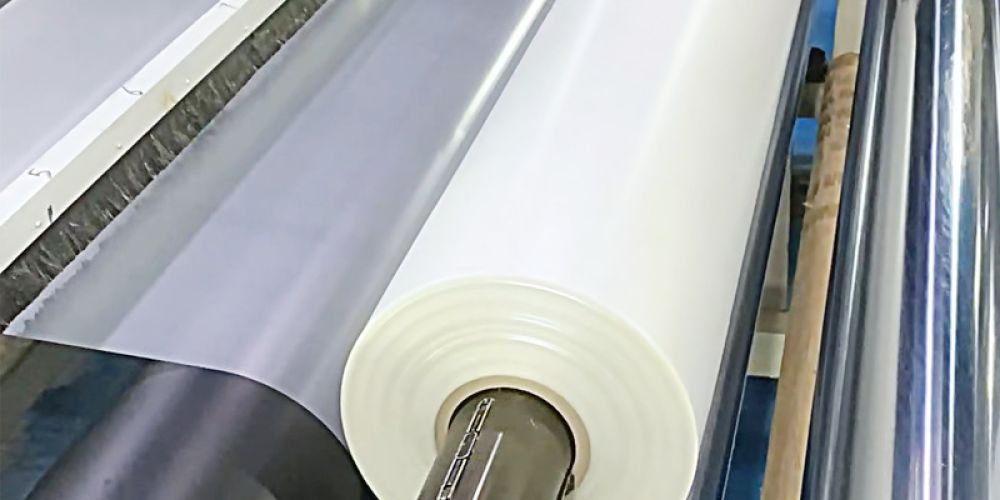The selection of membrane materials must be centered around the core requirements of application scenarios, with comprehensive evaluation across multiple dimensions including performance, cost, regulatory compliance, and environmental adaptability. Below is a detailed analysis from six perspectives - functional requirements, physicochemical properties, biological/safety performance, environmental adaptability, cost/process compatibility, and regulations/standards - along with specific case studies.
I. Functional Requirements
-
Breathability vs. Barrier Properties
- Standard: Balance gas exchange and material barrier based on application needs.
- Case: Medical warming blankets require breathability (heat release) with thermal insulation (e.g., TPU microporous membrane with uniform pores and controlled air permeability).
- Comparison: Food packaging demands high barrier properties (e.g., EVOH composite film), while medical masks prioritize breathability (e.g., melt-blown fabric).
-
Filtration Precision
- Standard: Pore size/distribution must match filtration targets (e.g., particles, bacteria).
- Case: Industrial filters (e.g., PTFE membranes) require <0.1μm pores for particulate removal, whereas hemodialysis membranes need >5nm pores to allow small molecule passage.
-
Conductivity & Ion Transport
- Standard: Battery separators demand high ion conductivity (e.g., PE microporous membranes), while insulating films require low conductivity (e.g., PET membranes).
II. Physicochemical Properties
-
Mechanical Strength
- Case: Outdoor tent membranes need tear resistance (PVC-coated films), while surgical films require flexibility (silicone membranes).
-
Chemical Resistance
- Case: Chemical filtration membranes must withstand strong acids (PVDF membranes), whereas food-contact films need oil resistance (PP films).
-
Thermal Stability
- Case: Medical sterilization membranes (TPU) tolerate 121°C steam, while LNG storage membranes withstand -162°C.
III. Biological & Safety Performance
-
Biocompatibility
- Case: Medical implants (collagen membranes) require ISO 10993 certification; food packaging must comply with FDA 21 CFR 177.1520.
-
Antimicrobial Properties
- Case: Wound dressings (silver-embedded membranes) achieve >99% bacterial inhibition; food films may incorporate nanosilver additives.
-
Biodegradability
- Case: Agricultural films (PLA) degrade within 6 months; absorbable medical membranes (PGA) degrade in vivo.
IV. Environmental Adaptability
-
Weather Resistance
- Case: Architectural membranes (ETFE) last >10 years outdoors; automotive films resist UV/heat.
-
Anti-Fouling Properties
- Case: RO membranes (polyamide) use hydrophilic surfaces to repel organics, while waterproof breathable films (ePTFE) employ hydrophobicity.
V. Cost & Process Compatibility
-
Material Cost
- Case: PTFE membranes cost 5× more than PE but excel in chemical resistance for high-end filtration.
-
Processing Compatibility
- Case: High-frequency welding requires PVC membranes, while injection molding favors PP.
VI. Regulations & Standards
-
Medical Sector
- Case: Catheter membranes pass ISO 10993-5 cytotoxicity tests; implant membranes meet ISO 10993-6 genotoxicity requirements.
-
Food Industry
- Case: Food-contact films undergo migration testing (heavy metals/plasticizers <0.01mg/dm²).
-
Industrial Applications
- Case: Filters comply with ASTM F316 pore testing; battery separators meet UL 94 flame ratings.
Decision-Making Workflow
- Requirement Analysis: Define core needs (e.g., medical blanket: breathability, insulation, antimicrobial).
- Material Screening: Match materials to requirements (TPU/PTFE/PE membranes).
- Performance Verification: Conduct tests (breathability/barrier/biocompatibility).
- Cost-Benefit Assessment: Evaluate material/processing costs and lifecycle.
- Regulatory Compliance: Ensure certifications (e.g., ISO 13485 for medical devices).
Conclusion
Membrane material selection requires a systematic six-dimensional evaluation. TPU membranes emerge as optimal for medical warming blankets due to biocompatibility, breathability, and heat resistance, while PTFE membranes dominate industrial filtration through chemical resilience and precision. This structured approach ensures optimal performance-cost equilibrium in specialized applications.
